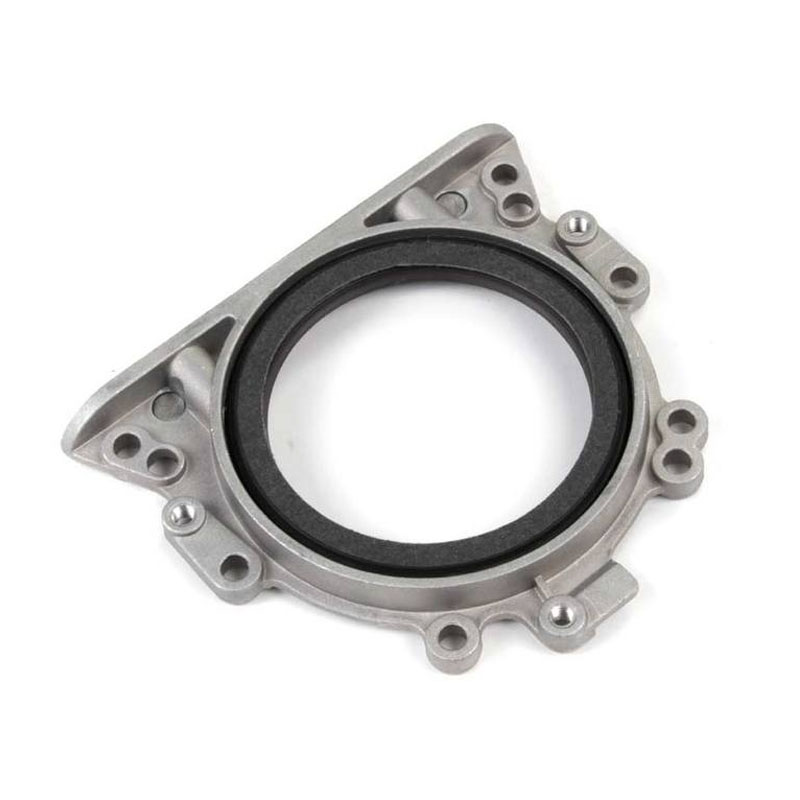retainer oil seal
Understanding Retainer Oil Seals Essential Components of Mechanical Systems
In the realm of mechanical engineering, the retainer oil seal plays a crucial role in maintaining the integrity and efficiency of various machinery. These components are specifically designed to prevent the leakage of lubricants and other fluids while simultaneously keeping contaminants out of critical areas, ensuring optimal performance and longevity of the equipment.
What is a Retainer Oil Seal?
A retainer oil seal, often referred to simply as an oil seal, consists of a circular elastomeric material with a metal retainer that provides structural support. The primary purpose of this seal is to confine lubricating oil within a designated area, such as the crankshaft or transmission case, thus preventing it from spilling out while also safeguarding internal components from dust, dirt, and moisture.
Key Features
The design of retainer oil seals is intricate and tailored for specific applications
. Typically, they include1. Elastomeric Seal Lip The flexible lip of the seal creates a dynamic seal against the rotating shaft, adapting to its movement while minimizing wear. 2. Metal Retainer This component provides additional support and rigidity to the seal, enhancing its resistance to deformities under varying pressure and temperature.
3. Spring Mechanism Many oil seals include a spring that applies constant pressure to the lip, ensuring a tighter seal and improving lubrication retention.
retainer oil seal

Applications and Benefits
Retainer oil seals find applications in numerous industries, including automotive, aerospace, and manufacturing. They are commonly used in engines, gearboxes, pumps, and hydraulic systems. The benefits of utilizing high-quality oil seals are manifold
- Leak Prevention By effectively containing lubricants, these seals reduce the risk of fluid loss, contributing to lower operational costs and increased efficiency.
- Contamination Protection By blocking the ingress of dirt and moisture, they safeguard sensitive components from unwanted particles, which can lead to premature wear and system failures.
- Reduced Maintenance When properly installed, retainer oil seals require minimal maintenance and replacement, enhancing the overall reliability of the machinery.
Choosing the Right Seal
Selecting the appropriate retainer oil seal requires consideration of various factors such as material compatibility, size, operating temperature, and pressure conditions. It’s essential to consult manufacturer specifications to ensure the seal meets the operational demands of the system.
In conclusion, retainer oil seals are fundamental components that contribute greatly to the efficiency and longevity of mechanical systems. Their ability to prevent leaks and protect against contamination makes them indispensable in preserving the functionality of machinery across diverse applications. As technology advances, the evolution of these seals will continue to play a significant role in engineering and manufacturing excellence.
-
Understanding the Front Main Engine Seal: Purpose, Maintenance, and Installation
News Jul.29,2025
-
Understanding O-Rings and Seal Rings: Types, Applications, and Custom Solutions
News Jul.29,2025
-
Understanding Crankshaft Oil Seals: Rear Seals, Pulley Seals, and Their Role in Engine Integrity
News Jul.29,2025
-
The Importance of Front and Rear Crankshaft Seals in Engine Performance and Oil Management
News Jul.29,2025
-
Crank Oil Seals: Functions, Types, and Cost Considerations in Engine Maintenance
News Jul.29,2025
-
A Comprehensive Guide to O-Rings and Seals: Types, Materials, and Global Applications
News Jul.29,2025
-
Mastering Diesel and Performance Engine Maintenance: A Guide to Critical Oil Gaskets
News Jul.28,2025
Products categories















